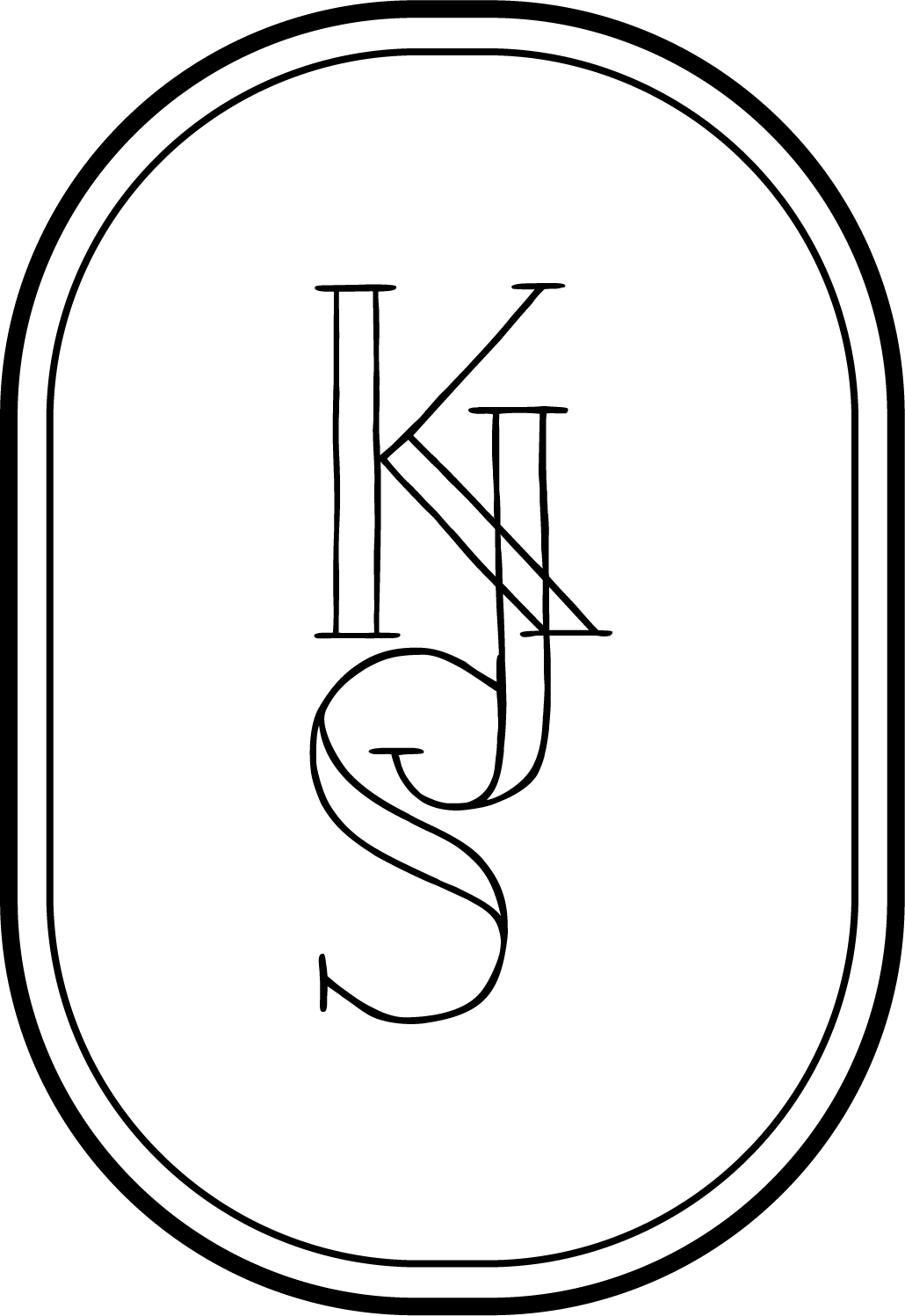
Guide to hanging artwork
DilemMa: long/Wide wall
When confronted with a spacious long or wide wall, it offers a unique opportunity for creating an impactful visual display.
Design Solution:
Artwork Selection: Opt for smaller pieces within standard frame sizes (e.g., 18x24”) for easy framing and flexibility.
Arrangement Technique: Hang the artworks in a row, ensuring the center falls within 57-60” from the floor, creating a balanced and cohesive look.
Spacing Consideration: Pay attention to the spacing between each piece. Aim for a consistent and harmonious gap, contributing to a unified appearance.
DilemMa: over console/table
The image presented showcases a compact foyer featuring a console table measuring 34”W x 28"H.
Design Solution:
Choosing Artwork: Opt for one large piece, ideally about 2/3 the width of the furniture. In this scenario, the artwork is sized at 24x24.
Placement Guidelines:
Lower Furniture (Below ~30 inches): If the console or furniture is lower than approximately 30 inches, center your artwork around 60” from the floor. Enhance the connection by integrating a potted plant and accessories, filling the space between the top of the table and the bottom of the artwork.
Taller Furniture (Exceeding ~30 inches): For taller furniture exceeding ~30 inches, establish a breathing space of 4-8” between the furniture and the artwork. This strategic spacing ensures a harmonious visual balance.
DilemMa: over Tall Furniture
The presented space features a tall dresser and an awkward ceiling angle, offering only a limited amount of wall space.
Design Solution:
Choosing the Artwork: Opt for a piece approximately half the width of the furniture. In this case, the artwork (frame) is a standard 18x24.
Placement Technique: Lean the artwork against the wall, allowing it to occupy minimal wall space. Employ the 'rule of thirds' by placing about 2/3 of the piece to one side, creating a visually appealing and balanced arrangement.
Enhancing Visual Appeal: To complement the artwork and add interest, use other accessories strategically positioned to fill the remaining space. This not only enhances the aesthetic but also makes the most of the available wall area.
Specifics:
The dresser shown measures 37"Hx39"W, emphasizing the need for a balanced composition that utilizes the limited wall space effectively.
DilemMa: restricted space w/ other elements
The displayed image captures a corner with a large lamp on a table, presenting a challenge of limited space for artwork.
Design Solution:
Choosing Artwork: Opt for two pieces of artwork that complement each other in matching colors and frame sizes. In this example, the bottom piece is 10x10, approximately 2/3 the size of the top piece measuring 14x14.
Application of Rule of Thirds: Employ the 'rule of thirds' by stacking the two pieces, emphasizing the proportional relationship between the bottom and top artworks. This technique ensures visual balance and harmony.
Strategic Placement: Tuck the stacked artworks toward the lamp, creating a cohesive unit that integrates seamlessly with the other elements in the corner. This arrangement is not only visually pleasing but also contributes to a balanced composition.
Visual Harmony:
The result is a group of three elements—lamp and two stacked artworks—that work together harmoniously, making the most of the limited space in the corner.
DilemMa: Wall with tile
The presented space features a challenging tile backsplash, a surface that many people hesitate to drill into permanently due to potential damage. While Command strips are an option for hanging lightweight artwork, caution is advised, especially for valuable pieces.
Design Solution:
Choosing Artwork: Opt for a small leaning piece of art. In this scenario, a custom mat is utilized to elevate the artwork within the frame. The chosen frame is a standard 8x10.
Technique for Leaning Piece: The artwork is strategically leaned against the wall, avoiding the need for permanent drilling into the tile. The custom mat is cut to ensure equal spacing at the sides and top, with approximately double that space at the bottom. This raises the artwork higher in the frame, achieving a visually appealing composition.
Specifics:
This solution not only addresses the challenge of the tile surface but also provides a practical and aesthetically pleasing way to display art in this particular space.
DilemMa: Awkward shape space
The featured image displays an unconventional wall shape, presenting a challenge for traditional art placement.
Design Solution:
Gallery Style Arrangement: Opt for a gallery-style wall featuring artfully arranged smaller pieces. This approach allows for flexibility and creativity in transforming the awkward wall shape into a visually striking display.
Execution Options: Choose between freestyling the arrangement, accepting the need for holes in the wall, or planning in advance using kraft paper placeholders and masking tape. Both methods contribute to a well-thought-out and aesthetically pleasing gallery.
Incorporate Diverse Elements: Embrace the opportunity to include elements that go beyond conventional art. Don't hesitate to mix in unframed pieces or objects that may not be traditionally viewed as art. This adds a unique and personal touch to the gallery.
Guidelines:
Whether you choose a spontaneous arrangement or a carefully planned layout, a gallery-style art wall transforms the awkward space into a dynamic and visually engaging focal point.







